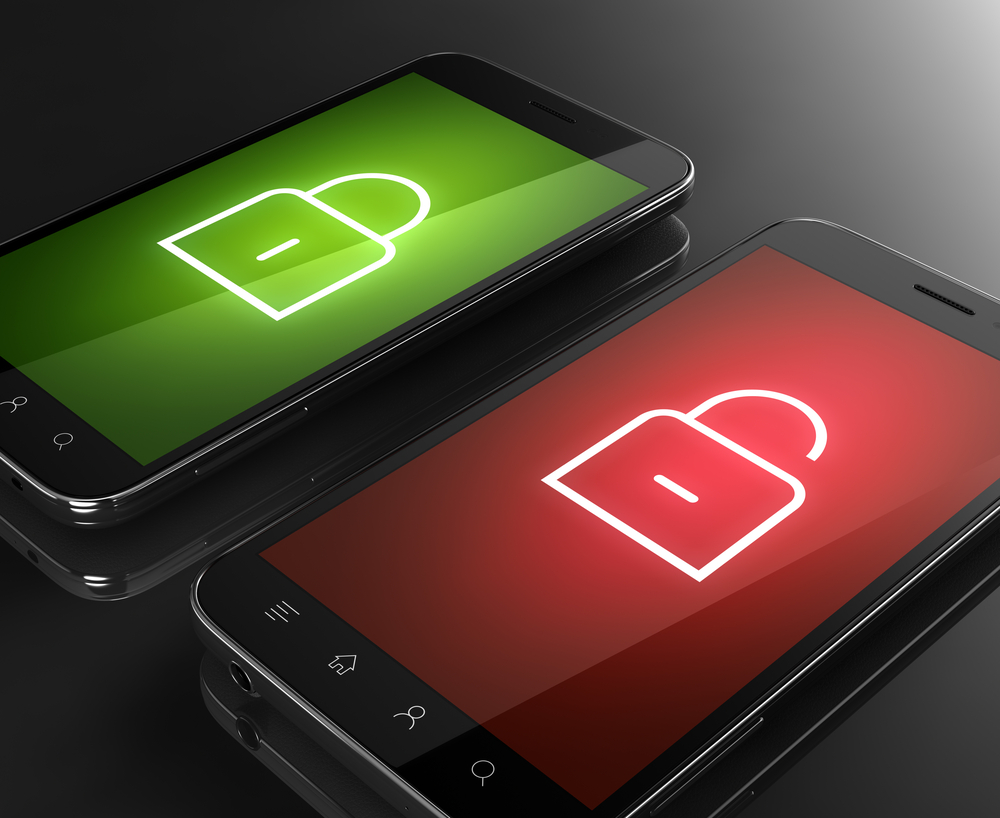
You have probably seen in the news that high-net-worth individuals, famous athletes and entertainers are becoming favourite targets of phone hacking. In some cases, when security experts can’t agree, it’s because mobile device forensics is very limited to even confirm that someone has been compromised and reconstruct what exactly happened.
For business executives, it’s high time to pay attention to mobile security. The last thing you’d want is to be personally embarrassed or professionally compromised.
Mobile phones are becoming a fruitful and surprisingly easy target for hackers. It used to be that businesses issued their executives work phones that used only business applications. But today, our phones are just as likely to hold intellectual property memos as they are to be used for listening to music.
Hackers started by looking for salacious photos and embarrassing text messages, but now they’ve moved to mobile malware, ransomware and identity theft aimed at penetrating corporate networks and exfiltrating mission-critical data held on the phones of CEOs, board members and political leaders.
Let’s be clear: Your organisation’s most sensitive and proprietary data is at risk, in large part because you are routinely accessing it through your mobile phone. And the hackers know it. We must recognise the magnitude and potential impact of this problem and take decisive steps to bolster our cyber defence.
Mobile Phone Security Threats Are Evolving
When we rely on our mobile phones for work tasks, we expand the cybersecurity threat landscape. This is critical to acknowledge because most organisations not only lack proper understanding of mobile phone threats, but also lack experienced personnel to address the problem with anything more than basic mobile device management tools.
There are two big challenges associated with mobile cybersecurity threats:
- The Wolf in Sheep’s Clothing. The sheer number of applications we can use on our phones is exploding. Apple and Google are doing excellent work with securing their operating systems, but securing third-party applications remains a big challenge. We’ve added a lot of functionality to our phones, but much of those added features have made it far easier for bad actors to access things like our work contacts and their phone numbers. As hackers work their way into our phones through fraudulent applications which suddenly develop a second life or exploiting vulnerabilities in common applications like WhatsApp, it’s not a big leap to installing professional malware for jailbreaking, espionage, ransomware or data exfiltration.
- No Place Left to Hide. I’ll spare you the technical details, but keep in mind that mobile networks rely on vulnerable roaming protocols like SS7 or Diameter, which are easy targets for cyber threats. Simply having access to your phone number allows hackers with a little investment to trace your location quite easily … or even to take over your incoming calls or text/SMS or WhatsApp messages. These attack methods have been used for a long time, not only for professional espionage, but also for large-scale online banking fraud. This is also the reason why banks don’t consider SMS as a secured two factor authentication approach anymore. All in all, it’s very difficult to protect yourself against location tracing or phone or SMS takeover attacks.
But, the good news is that the state of mobile phone cybersecurity is not as bleak as it sounds from the press. Today’s mobile phones, at the device level, have strong security architectures. The ecosystems for the most popular phones—Apple iPhone and Google Android—are highly secure, with strong hardware-based security and isolation approaches. And, unlike other software exploits, exploit code to compromise a mobile device without your interaction would cost attackers millions. A hacker has to make a huge investment if he wants to compromise your mobile phone in order to exfiltrate your data.
Still, are you going to take a chance on exposing your enterprise’s most critical data due to lax cybersecurity frameworks and practices? Of course not.
What You Can Do Now
There are three strong steps all business leaders can and should do now in order to harden their phones’ defences:
- Security hygiene. We’re all busy at work and ensuring that our mobile phones and apps have the latest patches may not be our top priority. But, if you’re a heavy user of your phone for business, you have to make sure it has the most up-to-date security. Also, antivirus for mobile phones is a myth. Compared to our computers, an anti-virus app on mobile phone will often not be able to protect against malicious apps. The reason is that the hardware-based architecture of the mobile phone forces every app to be isolated from each other. However, one security control which is often overlooked on mobile devices is network security. Instead of routing all your insecurely to the Internet, you can use secure VPN or Secure Access Service Edge (SASE) solution. Such solution can block traffic to malicious websites or data exfiltration attempts.
- Application hygiene. Any application on your phone can expose data and be used as a bridge to compromise your device. Whitelisting and blacklisting applications are now becoming standard practice for IT and security administrators, and you should follow these practices on your own phone as well. For instance, do you really need those five messenger applications? Are you automatically downloading content across social media applications? Do your kids or grandchildren use your phone and download games?
- Privacy hygiene. I know this will sound like the lecture you got from your parents many years ago, but here goes: Don’t give out personal information, especially your phone number, to strangers. Having just you phone number will allow cyber criminals to trace you, physically and electronically, everywhere in the world. And remember that your colleagues, suppliers and customers store your number and other contact details on their phones as well. And this data can be easily exfiltrated by fraudulent applications installed on their phones to expose your number.
The more you use your phone for work reasons, the greater you expand cybersecurity threat vectors into your organisation’s applications, databases and data. It’s like opening the door of your factory wide open and handing strangers an access card to your mainframe and robotics equipment. It can only end badly.
As an executive, you should follow these best practices personally, but also support the deployment and administration of sound mobile phone cybersecurity processes for all employees. You are in a unique, powerful position to send the right message to your colleagues and subordinates. Your phone is every bit as much a computer as any desktop, notebook or server. Protect it accordingly.










Discussion about this post